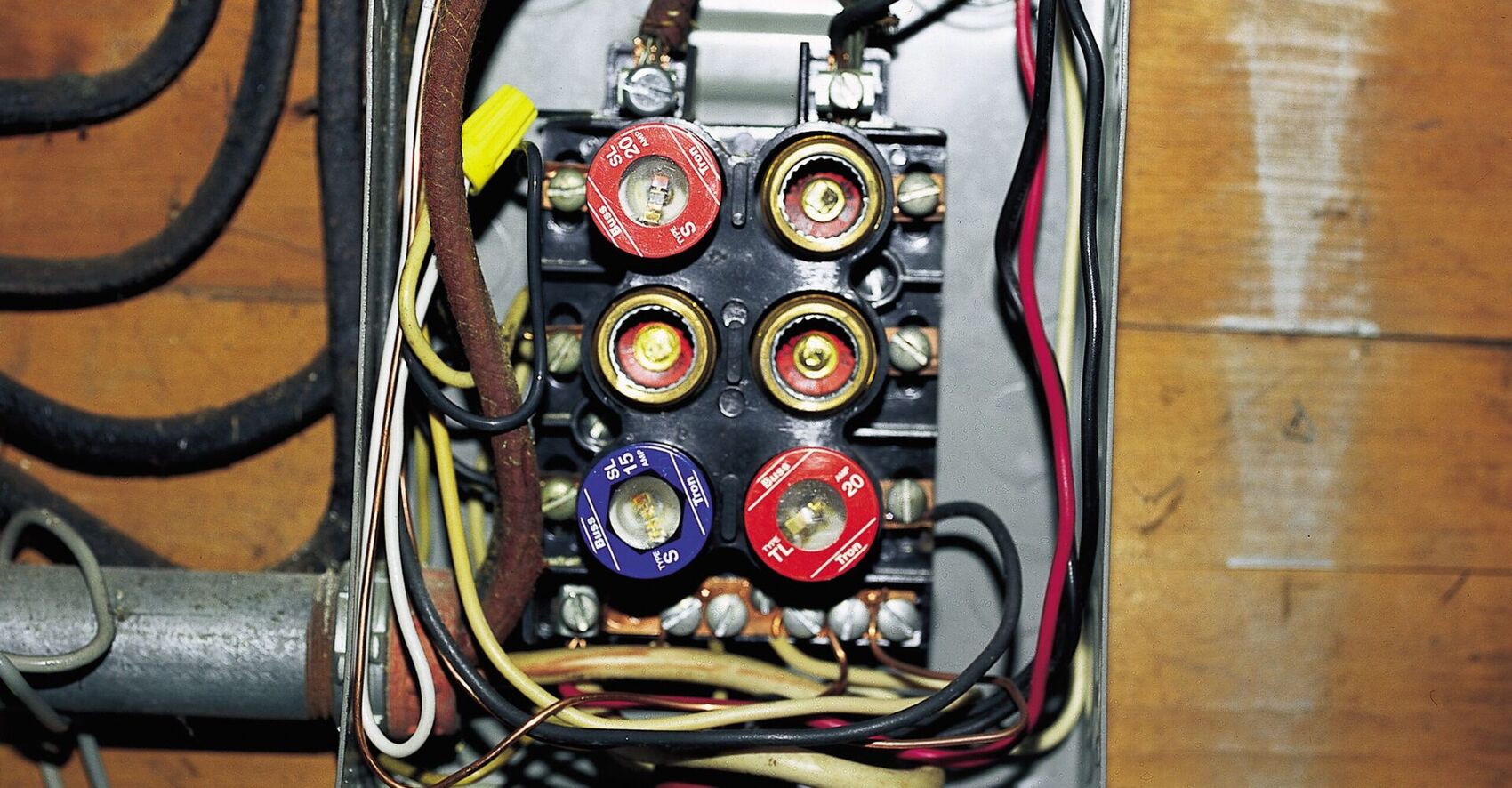

Articles
What Size Electrical Wire For 20 Amp Breaker
Modified: May 6, 2024
Find out the appropriate size of electrical wire for a 20 amp breaker. Read our informative articles to ensure proper safety and functionality.
(Many of the links in this article redirect to a specific reviewed product. Your purchase of these products through affiliate links helps to generate commission for Storables.com, at no extra cost. Learn more)
Introduction
Choosing the right size electrical wire for a 20 amp breaker is crucial for the safety and effectiveness of your electrical system. Electrical wiring is responsible for carrying the current from the breaker to the different electrical devices and fixtures in your home or commercial space. It is important to understand the different factors that go into selecting the appropriate wire size to ensure efficient and reliable electrical distribution.
In this article, we will explore the key aspects of ampacity, circuit breakers, and wire sizing considerations when dealing with a 20 amp breaker. By understanding these concepts, you will be able to make informed decisions when it comes to selecting the right wire gauge for your electrical needs.
So let’s dive in and get a better understanding of the role of amps and circuit breakers, and why choosing the correct wire size is so important.
Key Takeaways:
- Choosing the correct wire size for a 20 amp breaker is crucial for safety, efficiency, and compliance with electrical codes. Factors such as distance, material type, and voltage drop must be considered to ensure reliable electrical distribution.
- Consulting with a qualified electrician and referring to local electrical codes is highly recommended when selecting the appropriate wire gauge. Understanding voltage drop and wire sizing considerations is essential for the efficient and safe operation of your electrical system.
Read more: What Size Electrical Wire For 30 Amp Breaker
Understanding Amps and Circuit Breakers
Before we delve into wire sizing, it’s important to have a clear understanding of amps and circuit breakers. Amps, short for amperes, are a unit of measurement used to quantify the amount of electrical current flowing through a circuit. This current is the flow of electric charge, typically carried by electrons, and is what powers our electrical devices.
A circuit breaker, on the other hand, is a safety device that protects electrical circuits from overloading and short circuits. It is designed to automatically trip or open the circuit when the current exceeds a certain threshold, preventing potential damage and electrical hazards.
When selecting a circuit breaker, you should consider the intended load or power demand of the circuit. A 20 amp breaker, for instance, is capable of handling a continuous load of up to 20 amps. Exceeding this limit can lead to overheating and potential fire hazards.
Now that we have a basic understanding of amps and circuit breakers, let’s delve into the importance of choosing the correct wire size to avoid overloading and ensure the safe operation of your electrical system.
Importance of Choosing the Correct Wire Size
Choosing the correct wire size is crucial for several reasons. First and foremost, it ensures the safety of your electrical system. Using an undersized wire can lead to overheating, which can cause insulation damage, electrical fires, and even electrical shock. On the other hand, using an oversized wire can be wasteful and unnecessary, leading to higher costs for materials.
Secondly, choosing the correct wire size ensures the efficient operation of your electrical system. The wire acts as a pathway for electrical current to flow from the source to the connected devices or fixtures. If the wire is too small, it can create resistance and voltage drops, affecting the performance of electrical devices and potentially causing them to malfunction or operate at below optimal levels.
Additionally, selecting the correct wire size helps to comply with electrical codes and regulations. These regulations are in place to ensure the safety and reliability of electrical systems. Failure to meet these codes can result in fines, penalties, or even the need to redo the wiring to bring it up to standard.
Lastly, choosing the right wire size also factors in the distance between the circuit breaker and the device or fixture it serves. If the wire length is too long, it can result in voltage drop, which can affect the performance of electrical devices and fixtures. Understanding this will help you determine the appropriate wire size for a 20 amp breaker to minimize voltage drop.
Now that we understand the importance of selecting the correct wire size, let’s explore the factors to consider when determining the appropriate wire gauge for a 20 amp breaker in more detail.
Factors to Consider
When determining the appropriate wire gauge for a 20 amp breaker, there are several factors you should take into consideration:
- Distance: The length of the wire plays a significant role in determining the appropriate wire size. Longer wire runs will experience more voltage drop, so it is important to factor in the distance between the breaker and the device or fixture.
- Material and Insulation Type: Different wire materials and insulation types have varying ampacity ratings. It is essential to choose wire that is suitable for the specific application and meets the necessary safety standards.
- Load Calculation: Consider the total load or power demand that will be placed on the circuit. This includes the wattage of all devices and fixtures connected to the circuit. You can use a load calculation formula or consult an electrician to determine the total load and select the appropriate wire size accordingly.
- Wire Type: The type of wire you choose will depend on the specific application. For example, there are different wire types for indoor and outdoor use, as well as specialized wires for high-temperature environments.
- Voltage Drop: Voltage drop refers to the decrease in voltage that occurs as electric current flows through a wire. Excessive voltage drop can lead to a decrease in performance of electrical devices and fixtures. It is important to calculate the acceptable voltage drop and select the appropriate wire size to minimize this effect.
By considering these factors, you can make a more informed decision when selecting the correct wire size for a 20 amp circuit breaker. It is always recommended to consult a qualified electrician to assist with specific wiring needs or to ensure compliance with local electrical codes and regulations.
Now that we have a better understanding of the factors to consider, let’s explore the standard wire gauge sizes commonly used in electrical applications.
Use 12-gauge wire for a 20 amp breaker. This wire size is rated to handle the current without overheating. Always consult local electrical codes before starting any wiring project.
Standard Wire Gauge Sizes
Wire gauge is a standardized measurement used to specify the diameter of a wire. In the United States, the most commonly used standard for wire gauge is the American Wire Gauge (AWG) system. The AWG system assigns a specific gauge number to each wire size, with higher numbers indicating smaller wire diameters.
For a 20 amp breaker, the most common wire gauge sizes used are 12 AWG and 10 AWG. Here is a breakdown of the standard wire gauge sizes and their corresponding ampacity ratings:
- 14 AWG: This wire gauge is commonly used for 15 amp circuits. It has an ampacity rating of 15 amps and a diameter of approximately 1.63mm.
- 12 AWG: This wire gauge is suitable for 20 amp circuits. It has an ampacity rating of 20 amps and a diameter of approximately 2.05mm.
- 10 AWG: This wire gauge is commonly used for 30 amp circuits. It has an ampacity rating of 30 amps and a diameter of approximately 2.59mm.
It is important to note that these are general recommendations, and the appropriate wire gauge may vary depending on specific factors such as distance, wire type, and voltage drop requirements. It is always best to consult a qualified electrician or refer to local electrical codes for precise wire size guidelines.
Now that we have covered the standard wire gauge sizes, let’s move on to discussing the wire size recommendations for a 20 amp breaker.
Read also: 14 Amazing Circuit Breakers 20 Amp for 2025
Wire Size Recommendations for a 20 Amp Breaker
When it comes to selecting the appropriate wire size for a 20 amp breaker, the two most commonly used wire gauges are 12 AWG and 10 AWG. Here is a breakdown of their recommended uses:
- 12 AWG: This wire gauge is suitable for most general residential or commercial applications where a 20 amp circuit is required. It can handle a maximum continuous load of 20 amps and is commonly used for outlets, lighting circuits, and general-purpose circuits.
- 10 AWG: This wire gauge is typically used for more demanding applications where a 20 amp circuit is needed, but there may be longer wire runs or higher voltage drops. It has a higher ampacity rating of 30 amps and can accommodate heavier loads, making it suitable for certain appliances, such as electric water heaters or air conditioning units.
It is important to note that the specific wire gauge to use will depend on various factors, including the distance between the breaker and the device, the type of wiring, and any voltage drop limitations. It’s always a good idea to consult with an electrician or refer to local electrical codes to ensure compliance and safety.
When installing electrical wiring, it is essential to follow proper installation techniques and guidelines to maintain the integrity and safety of your electrical system. This includes using appropriate wire connectors, properly securing the wires, and ensuring that the wiring is protected from any potential damage or hazards.
Lastly, it is important to remember that wire size recommendations can vary based on different regions, applications, and specific electrical codes. Always consult with a qualified electrician or refer to local regulations to determine the appropriate wire size for your specific needs.
Now that we have covered the wire size recommendations for a 20 amp breaker, let’s move on to discussing the concept of voltage drop and how it can impact your electrical system.
Calculating Voltage Drop
Voltage drop refers to the reduction in voltage that occurs as electrical current flows through a wire. It is an important consideration when determining the appropriate wire size for a 20 amp breaker, especially for longer wire runs or applications where voltage stability is crucial.
Excessive voltage drop can cause electrical devices and fixtures to operate below their optimal performance levels. To calculate voltage drop, you will need to consider several factors, including:
- Wire length: The longer the wire run, the higher the voltage drop.
- Wire gauge: Different wire gauges have different resistances, which can affect voltage drop.
- Load current: The amount of current being drawn by the devices or fixtures connected to the circuit.
- Resistance: The resistance of the wire, which is dependent on its material and cross-sectional area.
To calculate voltage drop, you can use the following formula:
Voltage Drop (V) = (2 x Length x Current x Resistance) / (1000 x Cross-sectional Area)
Where:
- Length: The length of the wire run in feet.
- Current: The current flowing through the wire in amps.
- Resistance: The resistance of the wire in ohms per thousand feet (Ω/1000ft). This value can be obtained from wire manufacturer specifications.
- Cross-sectional Area: The cross-sectional area of the wire in circular mils (CM). The circular mil is a unit of area used in the electrical industry.
By calculating the voltage drop, you can determine if it falls within acceptable limits for your application. Typically, a voltage drop of 3% or less is considered acceptable for most residential and commercial installations. However, in some cases, more stringent voltage drop requirements may be necessary, especially for sensitive equipment or long wire runs.
It is important to note that voltage drop calculations can be complex and may require precise measurements and accurate data. If you are unsure or need assistance, it is always advisable to consult with a qualified electrician who can help you determine the appropriate wire size to minimize voltage drop.
Now that we have covered calculating voltage drop, let’s summarize what we have discussed in this article.
Conclusion
Choosing the correct wire size for a 20 amp breaker is crucial for the safety, efficiency, and performance of your electrical system. Understanding amps, circuit breakers, and wire sizing considerations is essential in making informed decisions and ensuring compliance with electrical codes and regulations.
When selecting the appropriate wire size, factors such as distance, material and insulation type, load calculation, wire type, and voltage drop must be taken into account. Using a wire gauge suitable for a 20 amp circuit, such as 12 AWG or 10 AWG, is generally recommended for most residential and commercial applications.
Calculating voltage drop is also important, especially for longer wire runs or applications where voltage stability is crucial. By considering factors such as wire length, wire gauge, load current, and resistance, you can determine if the voltage drop falls within acceptable limits for your specific needs.
Ultimately, consulting with a qualified electrician or referring to local electrical codes is highly recommended to ensure the proper wire size selection, compliance, and safety of your electrical system. They can provide expert guidance and assistance tailored to your specific requirements.
By taking the time to understand and carefully consider these factors, you can confidently choose the correct wire size for a 20 amp breaker and ensure the efficient and reliable operation of your electrical system.
Remember, electrical work should always be done by trained professionals to ensure safety and prevent hazards. If you have any doubts or concerns about electrical wiring or installations, it is best to consult a licensed electrician.
Thank you for reading and we hope this article has provided valuable insights into choosing the right wire size for a 20 amp breaker.
Now that you've got a handle on selecting the right wire size for a 20 amp breaker, why stop there? Dive deeper into your DIY electrical projects with our next guide on electrical wiring to your garage. This step-by-step article ensures you maintain safety while enhancing your space's functionality. Perfect for homeowners looking to expand their practical skills in home improvements!
Frequently Asked Questions about What Size Electrical Wire For 20 Amp Breaker
Was this page helpful?
At Storables.com, we guarantee accurate and reliable information. Our content, validated by Expert Board Contributors, is crafted following stringent Editorial Policies. We're committed to providing you with well-researched, expert-backed insights for all your informational needs.
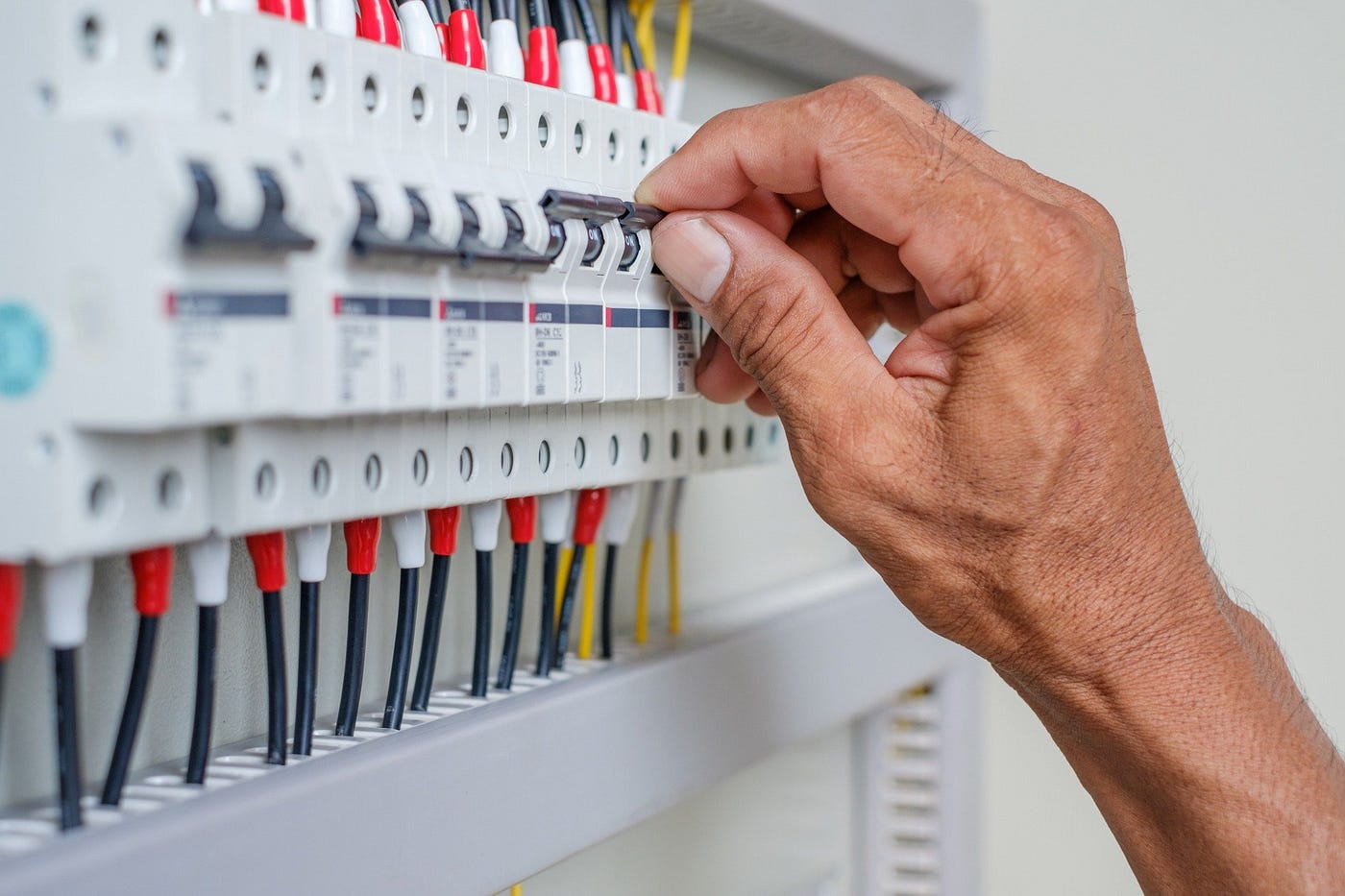
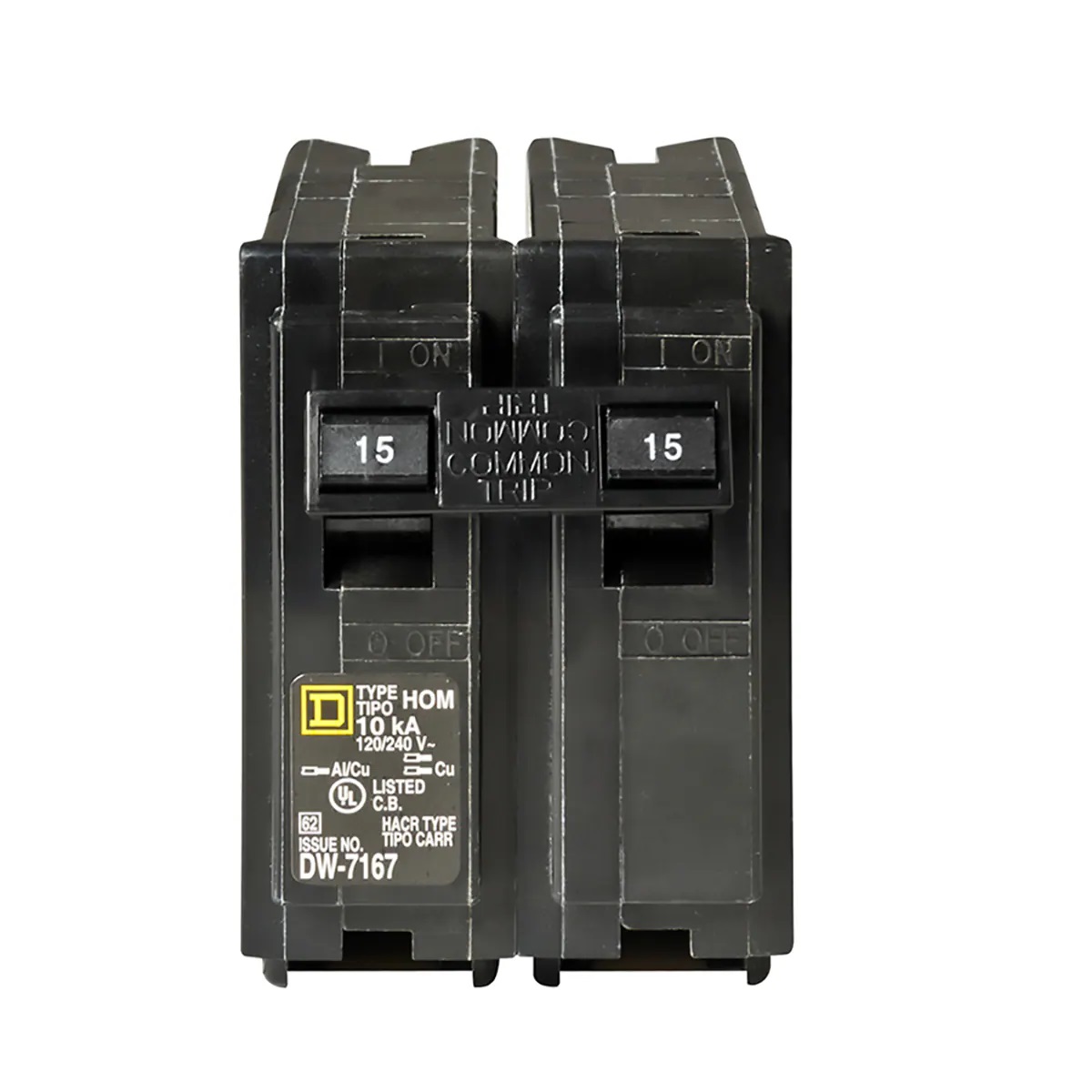
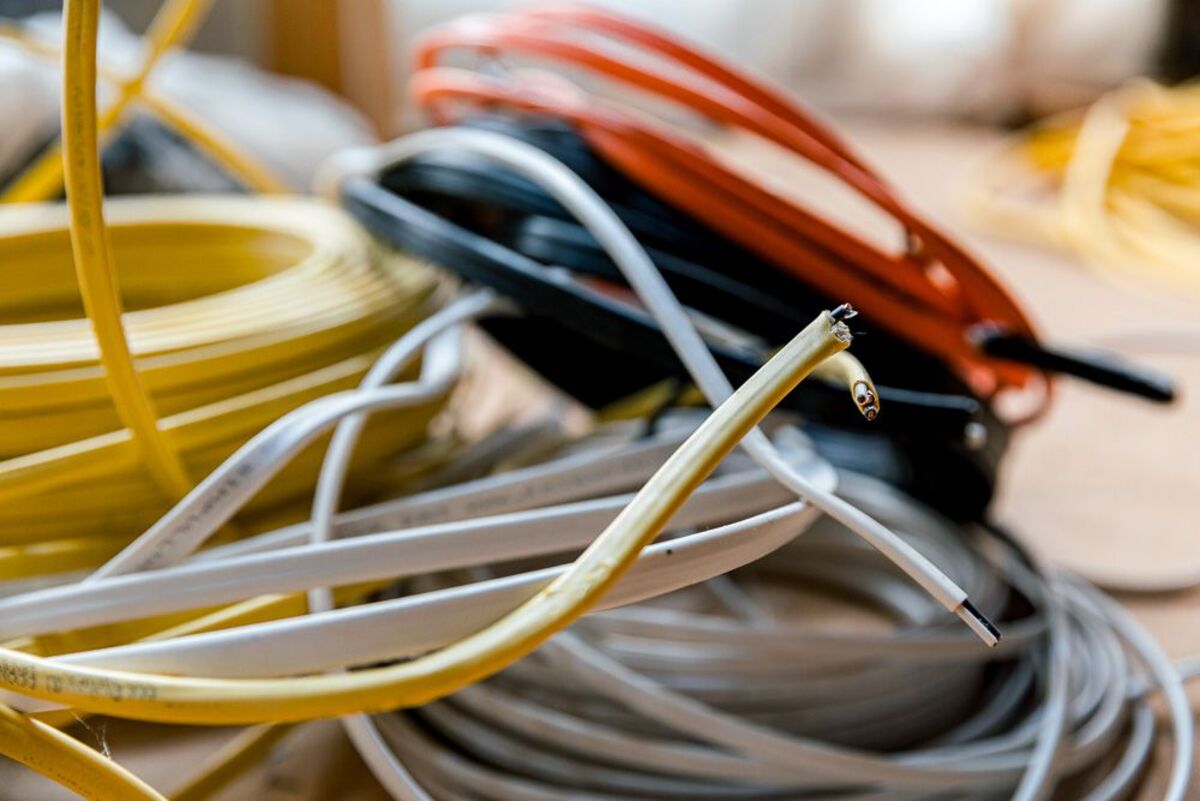


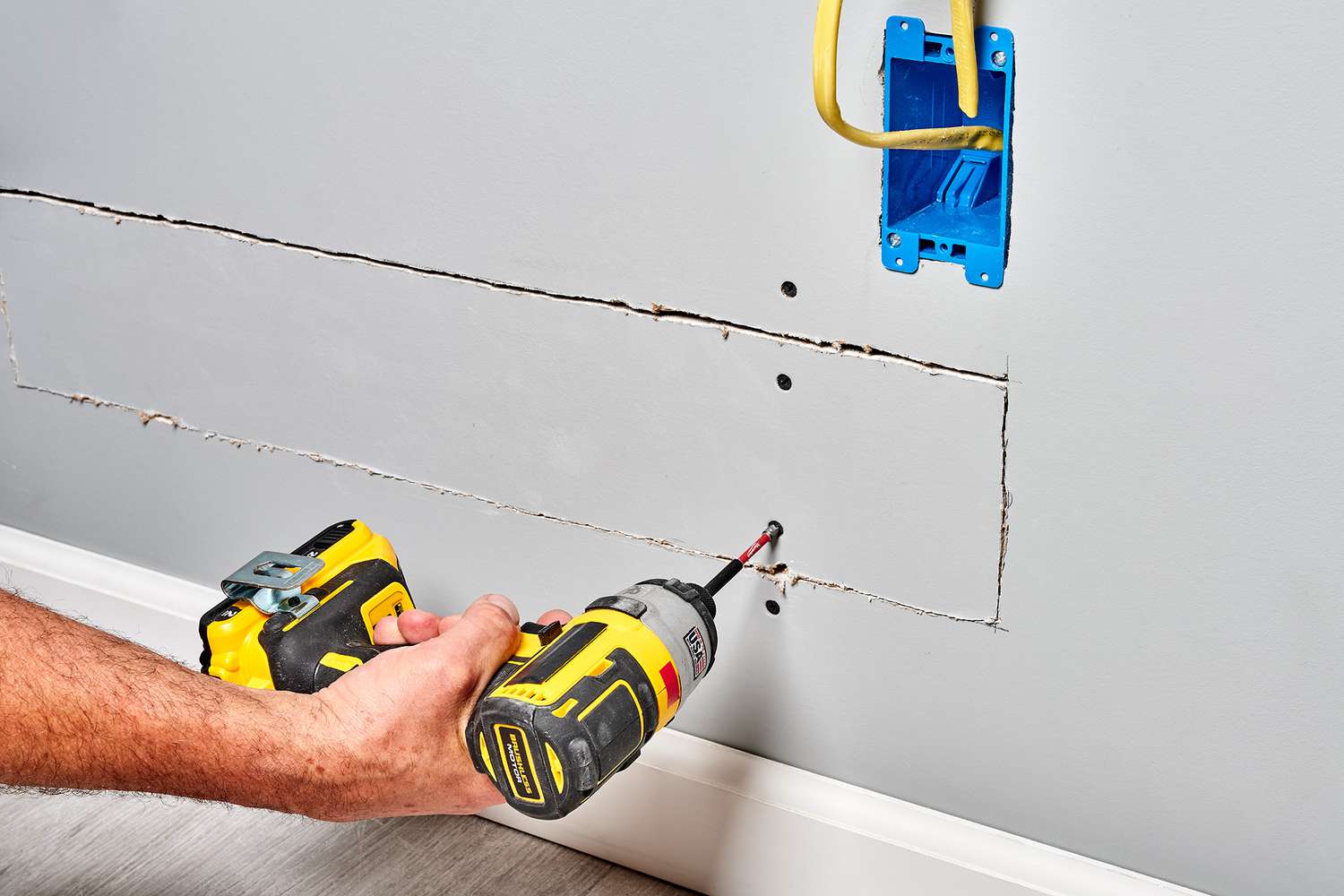
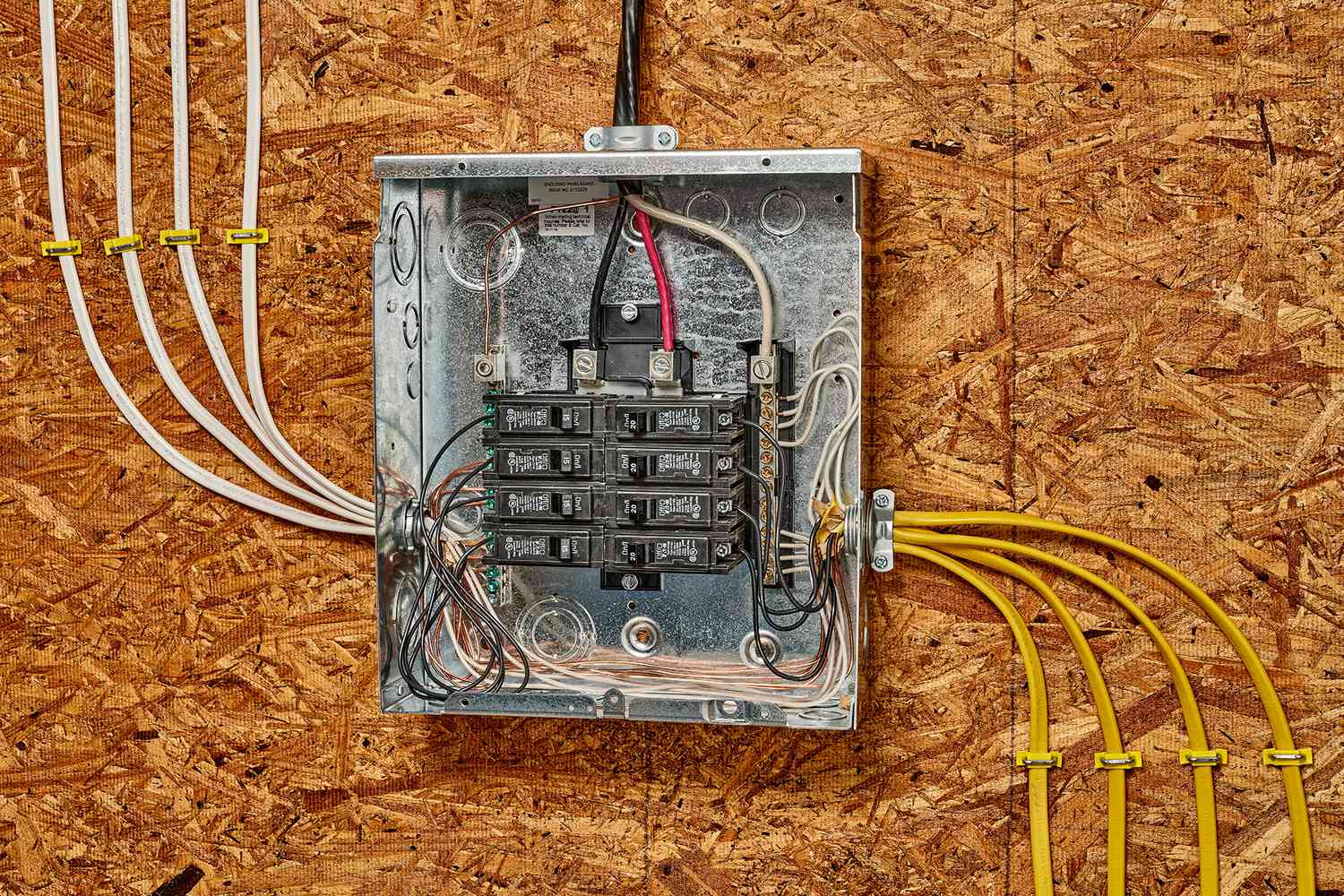
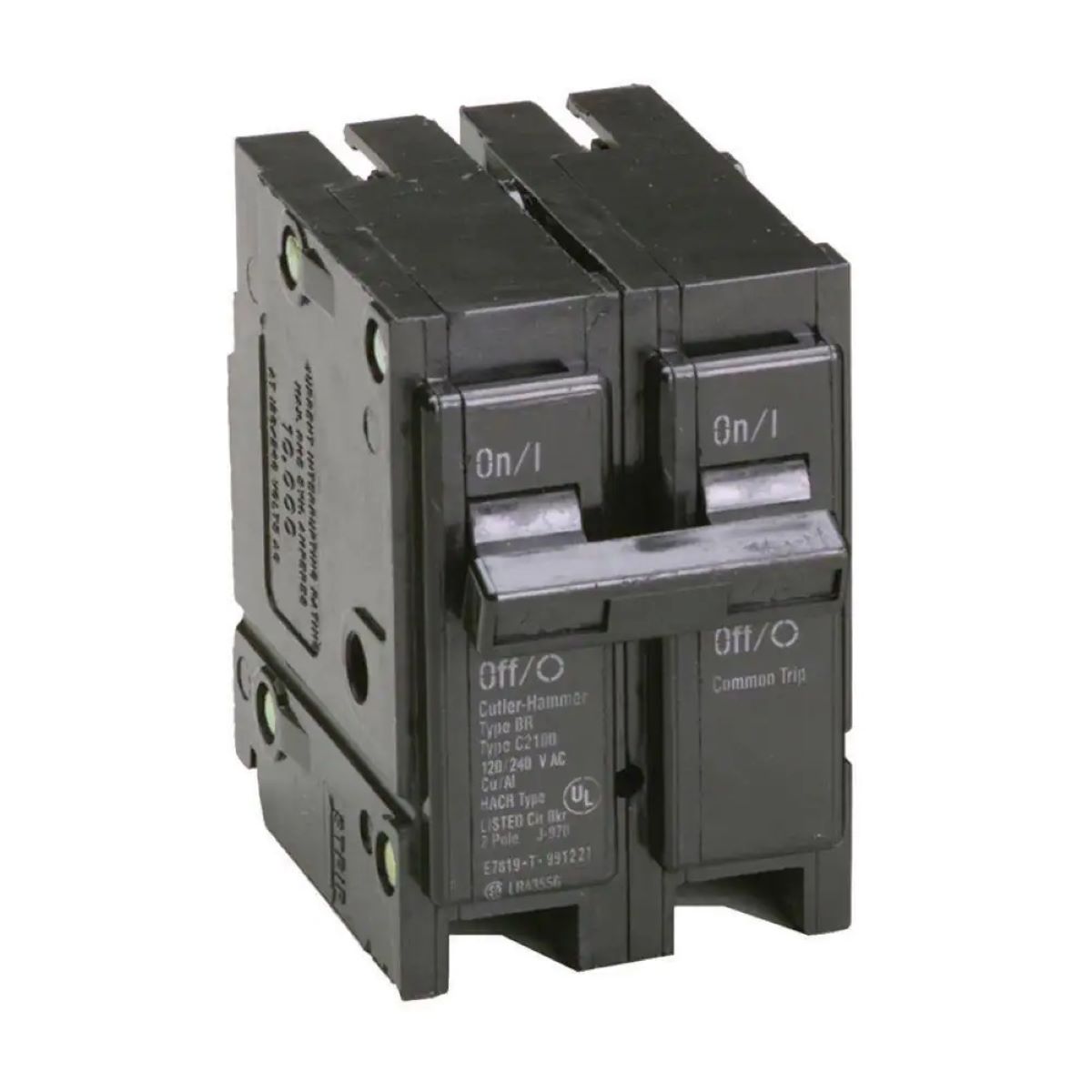
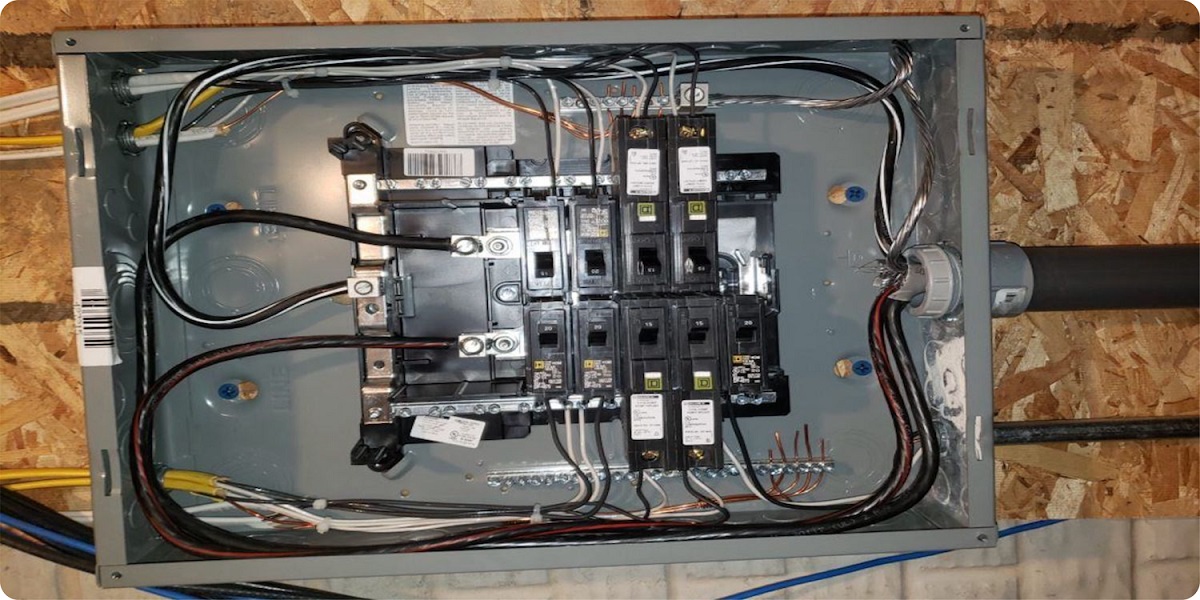
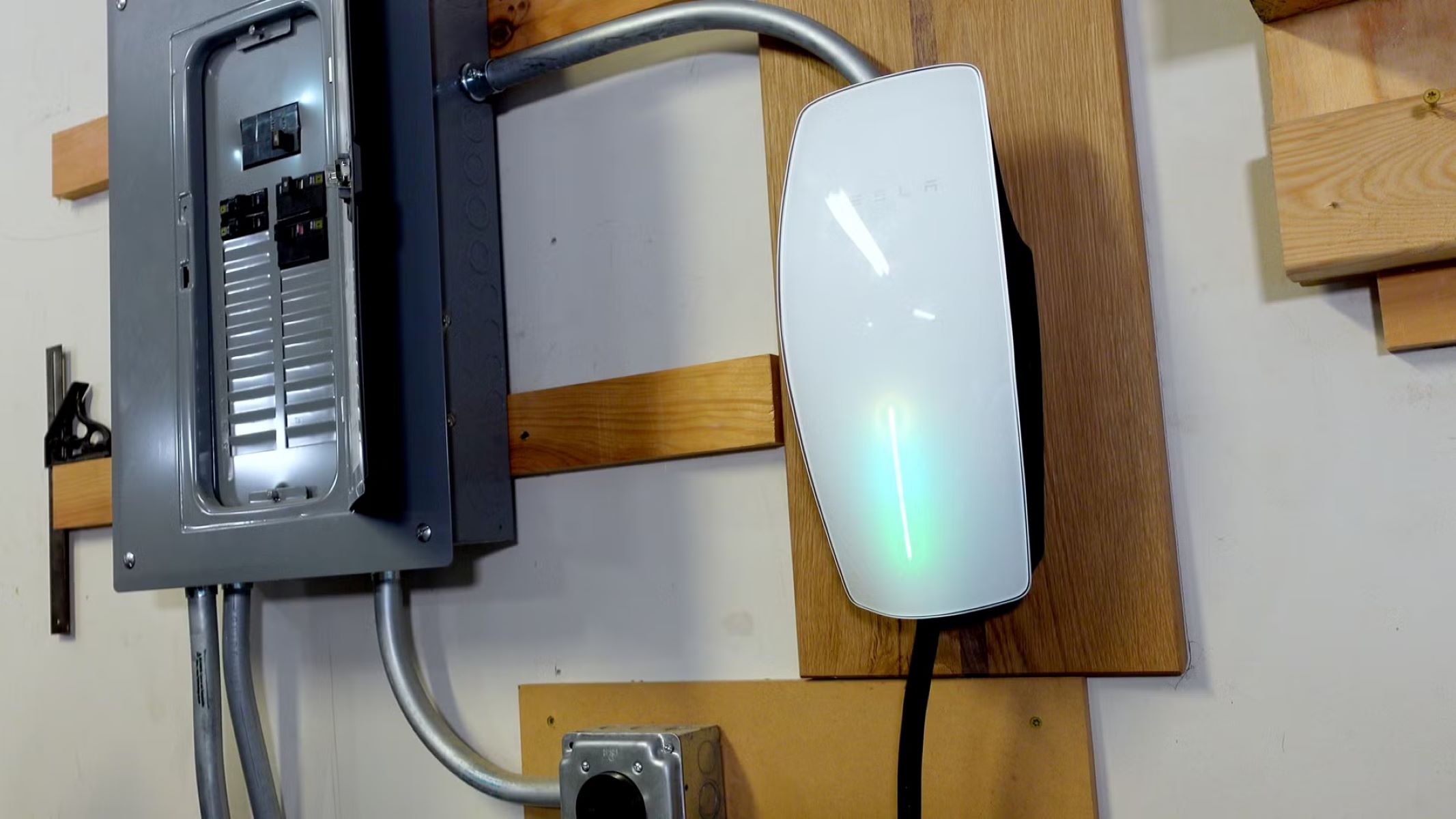

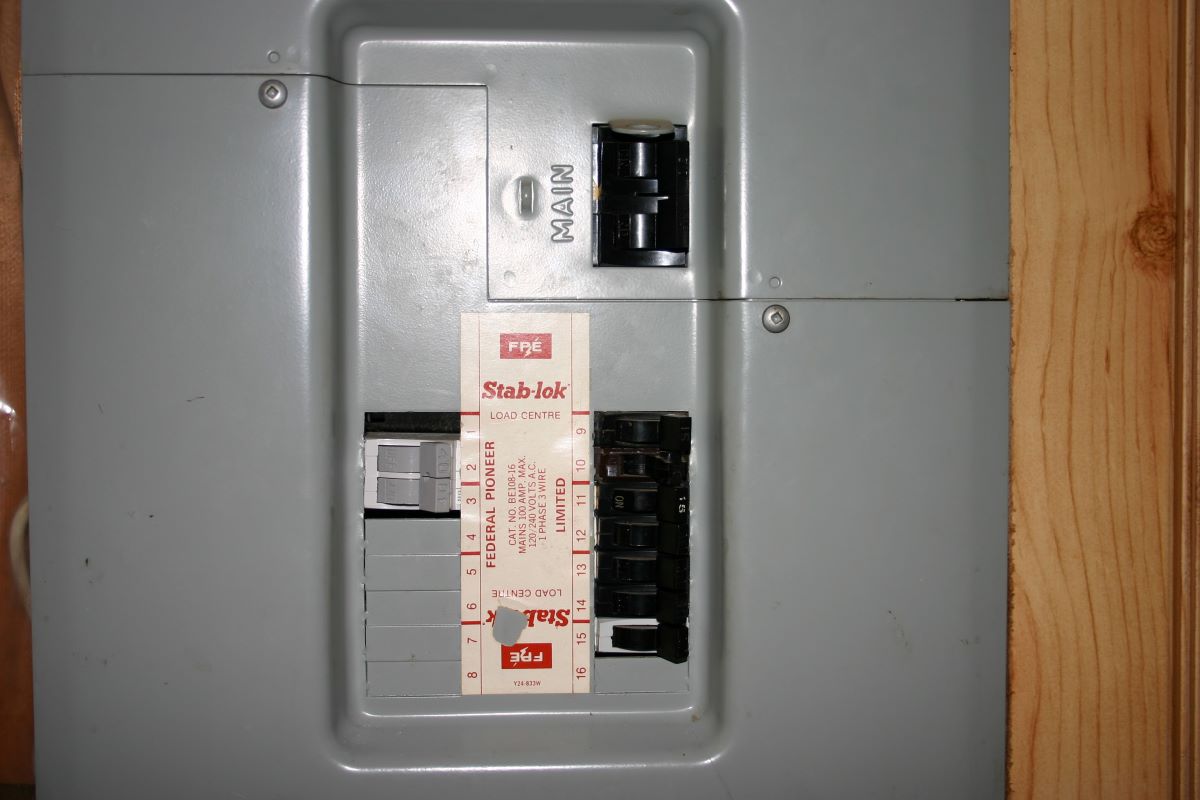
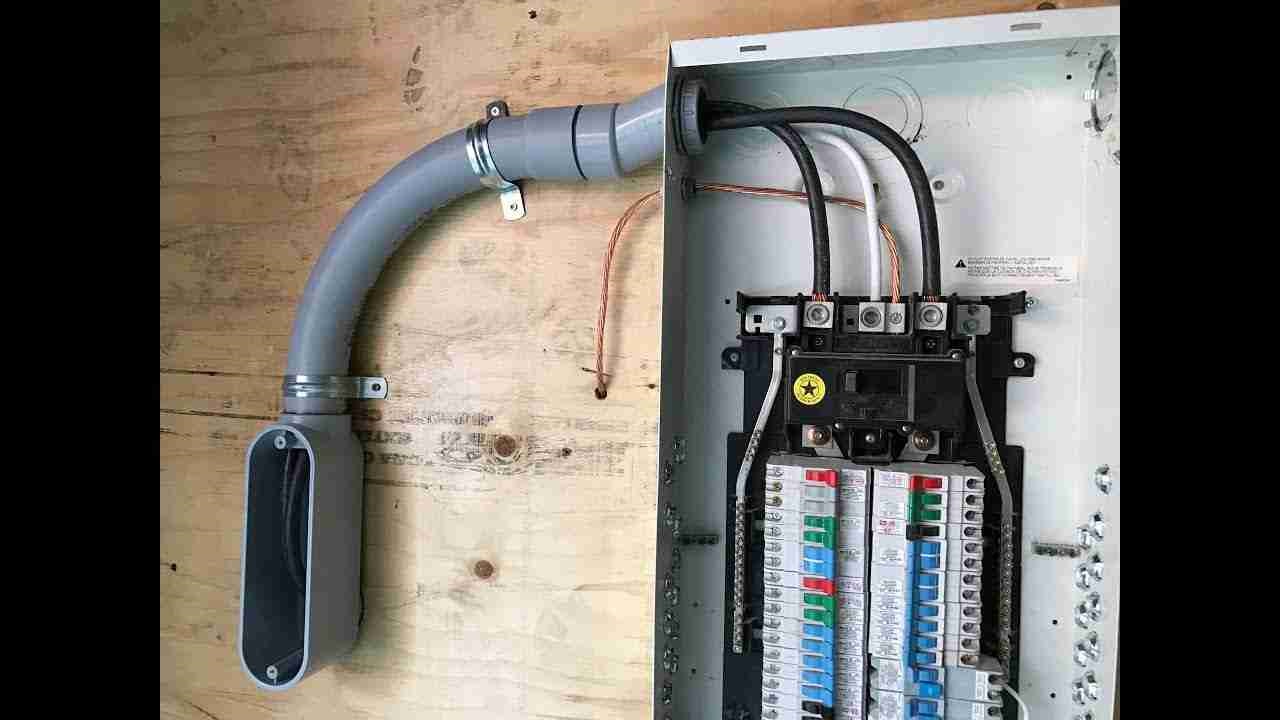
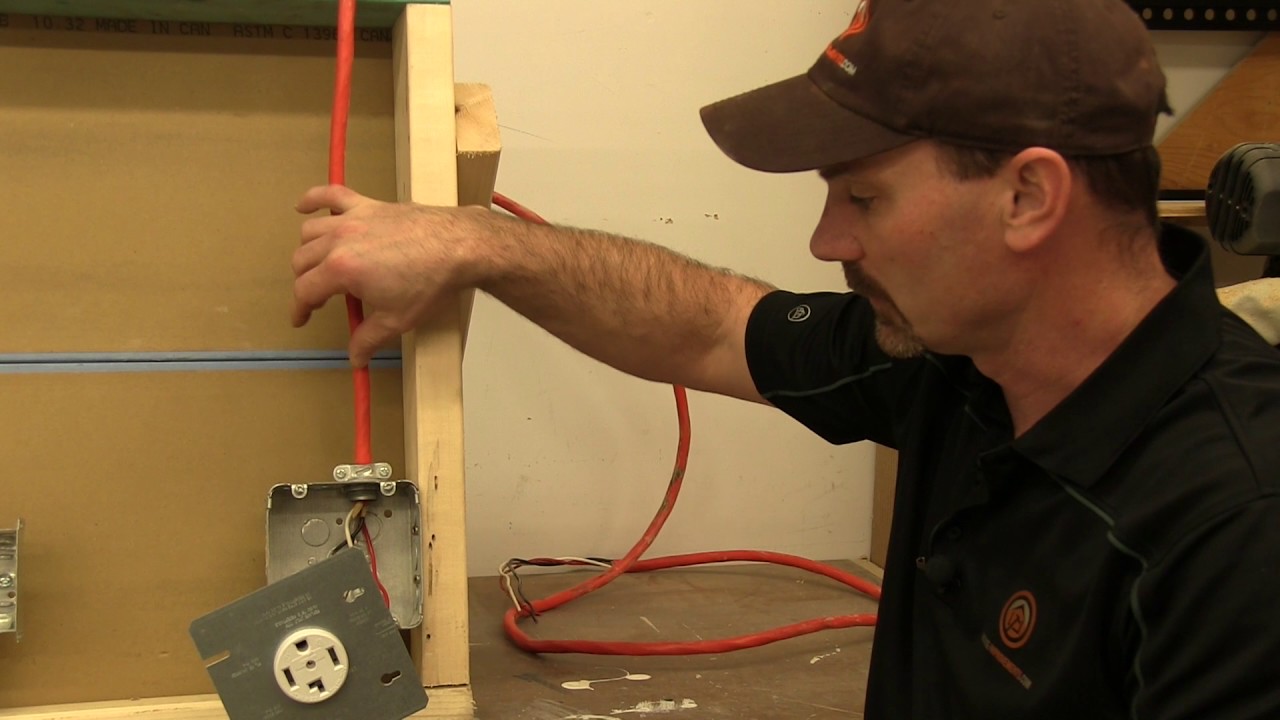

0 thoughts on “What Size Electrical Wire For 20 Amp Breaker”